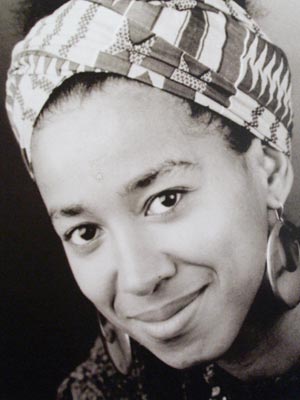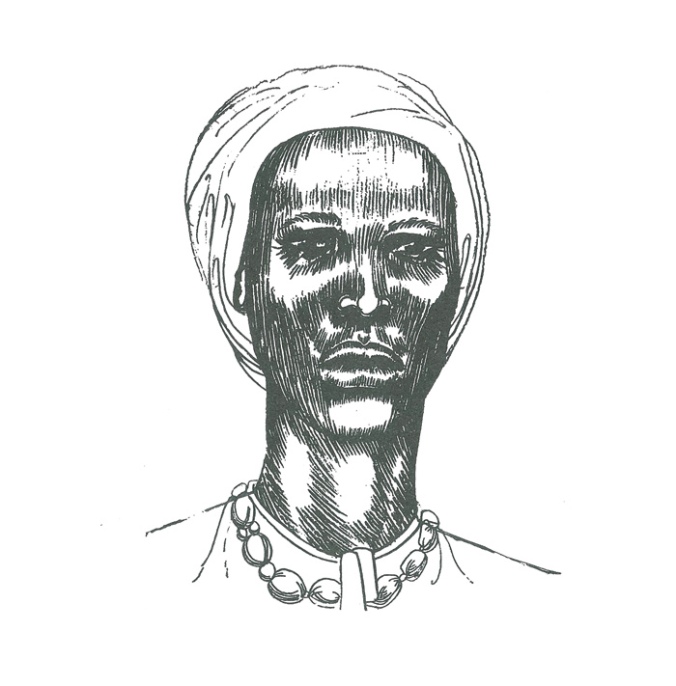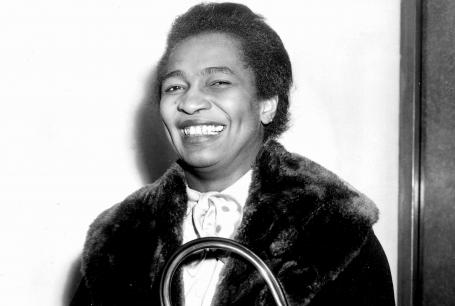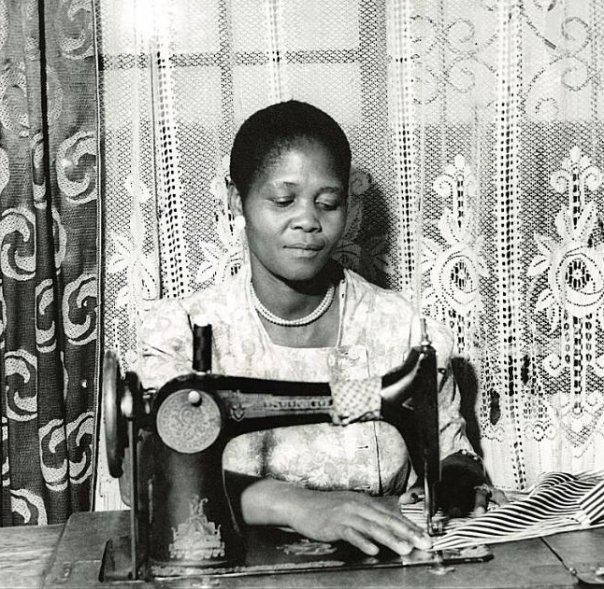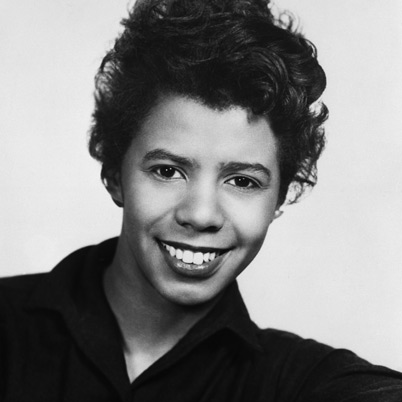 Lorraine Hansberry was born in 1930 to Carl Augustus Hansberry, a real-estate broker, and Nannie Louise a school teacher. Both of her parents were active members of Chicago’s black communitity contributing large sums of money to the NAACP and the Urban League. Their household was visited by key-movers and shakers such as Duke Ellington, Paul Robeson, and Jesse Owens.
Lorraine Hansberry was born in 1930 to Carl Augustus Hansberry, a real-estate broker, and Nannie Louise a school teacher. Both of her parents were active members of Chicago’s black communitity contributing large sums of money to the NAACP and the Urban League. Their household was visited by key-movers and shakers such as Duke Ellington, Paul Robeson, and Jesse Owens.
In 1938, the family moved to a white neighbourhood with a restrictive covenant, refusing to move, despite violent attacks, until told to do so by a court. Their case made it to the Supreme Court as Hansberry v. Lee, ruling restrictive covenants illegal.
Following her parent’s lead, Lorraine was politically active from a young age beginning during her studies at the University of Wisconsin–Madison. in 1950 she left Madison the peruse her career as a writer in New York, attending The New School. A year later Lorraine moved to Harlem and became involved in activist struggles such as the fight against evictions.
The same year Lorraine joined the staff of Freedom, a black newspaper edited by Louis E. Burnham and published by Paul Robeson where she worked alongside W.E.B Du Bois. The topics she highlighted were both national and international covering issued such as the trail of Willie McGee and the Mau Mau uprising in Kenya.
In 1953, Lorraine married Jewish songwriter Robert Nemiroff. The two divorced in 1964 but continued to work together.
Lorraine’s play, A Raisin in the Sun became the first play written by an African American woman to be produced on Broadway when it opened in 1959. Directed by Lloyd Richards, the cast featured Sidney Poitier and Ruby Dee. At at 29, she became the youngest American playwright and only the fifth woman to receive the New York Drama Critics Circle Award for Best Play.
In 1963, Hansberry participated in a meeting with attorney General Robert F. Kennedy, set up by her friend James Baldwin.
Lorraine’s play, The Sign in Sidney Brustein’s Window opened in in 1964. After living with pancreatic cancer for two year, Lorraine died in 1965 at age 34.
Following her death, her ex-husband completed the play Les Blancs, and adapted many of her writings into the play To Be Young, Gifted and Black. It later appeared in book form the following year under the title To Be Young, Gifted and Black: Lorraine Hansberry in Her Own Words.
